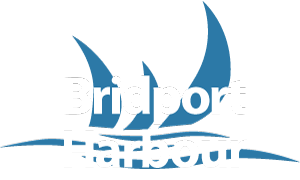|
Weather And Local Knowledge |
Always check weather conditions before leaving the harbour. |
|
Pre Planning |
For long voyages please notify the Maritime and Coastguard Agency, for shorter trips it is advisable to let a friend or relative know what you are doing and when you expect to return. Download an example passage planning document. |
|
Lifejackets And Lifesaving Equipment (Including Flares) |
The importance of routinely wearing both appropriate and suitably tested lifejackets cannot be overstated. Similarly, the carriage of distress flares and portable buoyancy equipment will ensure that assistance to the vessel or those overboard is rendered without delay. |
|
Safe Speed |
Observance of harbour speed limits and maintenance of a safe speed appropriate to conditions will reduce the risk of an accident and the extent of damage or injury. An important factor in assessing appropriate speed is the effect of wake on other harbour users. |
|
VHF Radio |
Emergency assistance is immediately available through the Coastguard via VHF Channel 16 To facilitate an early response in an emergency, vessels without fixed radio installations are recommended to carry portable VHF sets. It is absolutely essential that a good lookout is kept at all times when underway. A vigilant watch will reduce the risk of conflict with other vessels and ensure that assistance is rendered to vessels in difficulty without delay. |
|
NATIONAL COASTWATCH |
The National Coastwatch Institution (NCI) Lyme Bay station is situated Beach Road, Burton Bradstock, Bridport. For further information, including summer/winter opening hours, visit the South Coast (Lyme Bay) – National Coastwatch |




